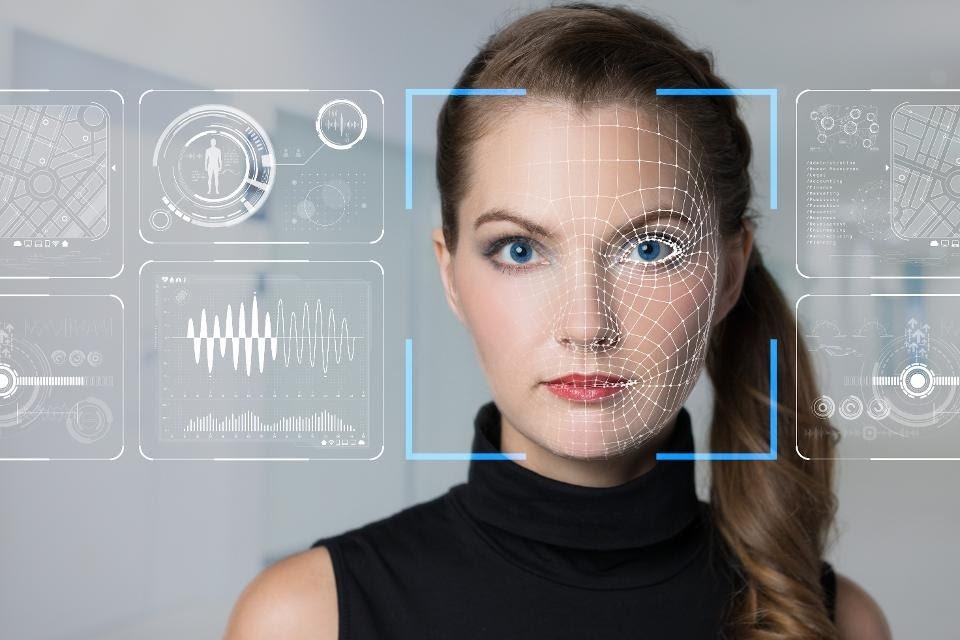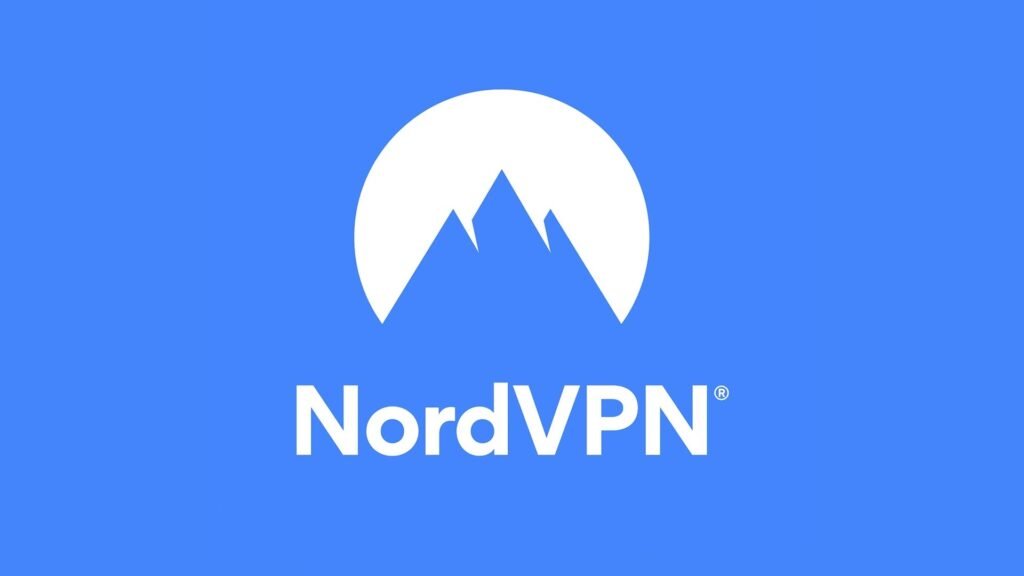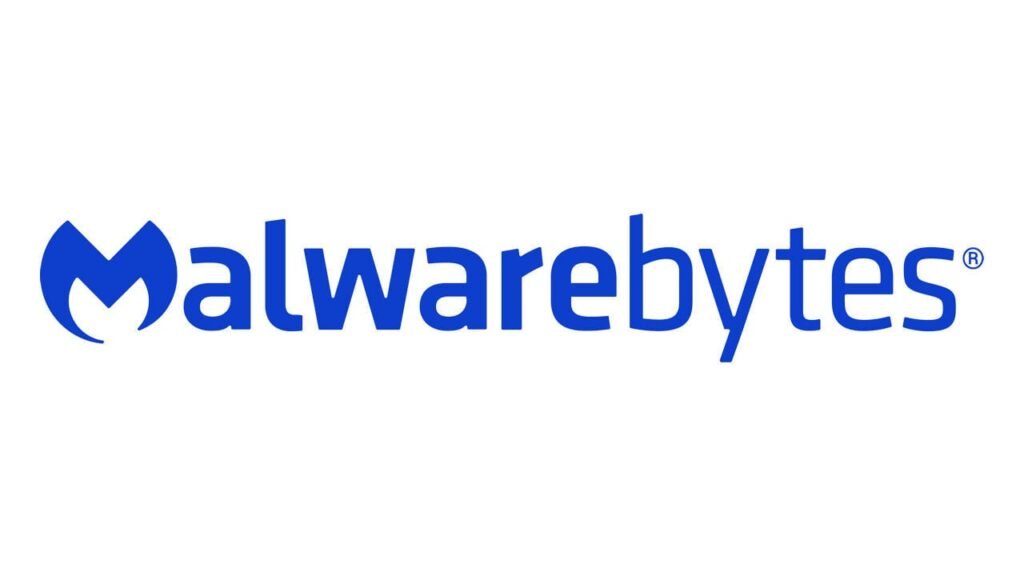Did you know that 66% of cybersecurity experts have seen deepfakes used in cyberattacks? This is a 13% jump from last year1. Deepfake technology is a big threat in our digital world. It can change how we see things and create new security dangers.
As deepfake tech gets better fast, it's key to know how to defend against it. This is important for everyone, not just big companies.
Deepfake threats are now a major issue in cybersecurity. In fact, 78% of cyberattacks use email, showing how common these threats are1. A Hong Kong bank lost $35 million to a deepfake attack, proving the damage can be huge1.
With this info, you can stay safe. Make sure you and your group are ready to deal with these fake threats.
Key Takeaways
- • 66% of cybersecurity professionals observe deepfake use in attacks
- • Email is the primary delivery method for 78% of deepfake cyberattacks
- • $35 million was lost by a Hong Kong bank due to a deepfake attack
- • Understanding deepfake technology is essential for effective cybersecurity
- • Protective measures are crucial for both individuals and organizations
Understanding Deepfake Technology
Deepfakes were first mentioned in 2017. They are synthetic media made with advanced algorithms. This Deepfake Technology can create videos, audio, and images that look very real. These can mimic real people or events, which is a big problem in cybersecurity.
As deepfakes get better, it's more important than ever to understand them. This helps us avoid the harm they can cause.
What are Deepfakes?
Deepfakes are made with deep learning, especially generative adversarial networks (GANs). These networks have two parts that compete to make the output look more real. This makes deepfakes useful for fun things and also for scams and spreading false information.
It's scary to know that 96% of deepfakes online are for non-consensual porn. They often use images of famous people2.
The Mechanisms Behind Deepfake Creation
The Mechanisms of Deepfake Creation involve gathering lots of data on a person's voice and looks. Deepfake software then learns to mimic these details. This makes the fake content very convincing.
It's worrying that people might pay up to $20,000 per minute for top-notch deepfakes3. There's been a huge jump in dark web forums for deepfake tools, up 223% from Q1 2023 to Q1 20243. This shows we need to act fast to protect ourselves online.
The Rise of Deepfake Technology in Cybersecurity Threats
The rise of deepfake technology is a big deal in cybersecurity threats. It changes how bad guys use digital media. These tools are not just cool tricks but real dangers for people and companies. They use deepfakes in cybersecurity for big scams, making fake content to trick others.
Deepfake tech is getting easier to find and cheaper, letting more bad guys attack. For example, in June 2019, a fake video in Malaysia showed a government minister in a bad light. This shows how deepfakes can be used for bad stuff4.
In 2020, Extinction Rebellion Belgium made a fake video linking COVID-19 to the environment. This shows how fast false info can spread4. A study by the Cybersecurity and Infrastructure Security Agency (CISA) found more cybercriminals using deepfakes5.
Deepfakes have caused big money problems, like when a fake CFO video led to $25 million stolen from a big company5. This shows how deepfakes can mess with money and security. By 2025, most online video might be fake, showing how common deepfakes will be5.

Companies need to get better at fighting this threat. They should work on finding deepfakes better and teach people to spot them6. Using more security steps and training will help fight deepfake tricks6.
As deepfakes get better, knowing what to do is key. The DEEP FAKES Accountability Act shows we're taking deepfakes seriously6. Working together and finding new ways to detect deepfakes will help keep online trust strong.
Deepfake Threats in Cybersecurity
Today, deepfake threats are a big problem for companies. Technology has made these threats worse, and we need to be careful. Companies could lose a lot of money and damage their reputation because of deepfake attacks.
Real-World Examples of Deepfake Attacks
There have been serious cases of deepfake threats. For example, someone used deepfake to pretend to be a CEO and stole $25 million. This shows how dangerous these attacks can be for businesses78. Deepfakes are also used for identity theft and social engineering, hurting both companies and people9.
The Financial Impact on Organizations
Deepfake threats can cost companies a lot of money. If they don't take these threats seriously, they might waste money and lose a lot. There's been a huge jump in deepfakes, and many companies don't have enough money to fight them78. As deepfake tech gets better, the harm it can cause will only get worse, hurting a company's finances and trust from others9.

| Type of Deepfake Attack | Example | Financial Consequence |
|---|---|---|
| Voice Impersonation | CEO impersonated in a video call | $25 million loss |
| Identity Theft | Access to sensitive company information | Varies—often unquantifiable |
| Social Engineering | Pressure tactics to gain access to funds | Significantly impacts corporate finances |
Deepfakes and Security Risks
Deepfake technology poses big security risks, bigger than usual cyber threats. It's key to know about these risks when you're online. Studies show that 1 in 10 companies have fallen victim to deepfake scams, showing we need to act fast10.
In the U.S., 35% of businesses have faced deepfake attacks in the past year. This makes deepfakes the second most common cyber threat11.
Deepfakes are hard to spot and stop. Many executives say their companies don't have plans to fight deepfake threats10. As scams using deepfakes grow, the money lost could hit tens of billions soon10.
Financial sectors are especially at risk. Scammers can easily pretend to be top executives or financial advisors1012. A big case saw a company lose $26 million because of a fake video12.
This shows we need to fix our cybersecurity vulnerabilities fast.
AI-generated deepfakes are a big problem for security. They can make fake voices and faces, making it hard to trust what you see online12. We must find ways to make digital content trustworthy again.
Cybersecurity Challenges with Deepfake Technology
Deepfake technology keeps getting better, and so do the tricks cybercriminals play. This makes it hard for companies to spot and stop deepfakes. Old security systems can't keep up with these new tricks.
Evolving Tactics of Cybercriminals
Cybercriminals use deepfake tech to make fake media that looks real. They use AI and machine learning to trick people and spread false info. Between 2023 and 2024, phishing and fake messages cost businesses a lot, leading to identity theft and damage to their reputation13.
The finance world lost a lot too. One company lost $15 million because of deepfake scams13.
Difficulty in Detection and Prevention
It's getting harder to tell real from fake content. Using AI and forensic tools helps a bit. But, experts say deepfake scams could cost $1 trillion in 2024, making it tough to stop them13.
To fight this, companies need strong security and ways to check if something is real. They also need to teach people about deepfakes and work together with tech experts and government14.

| Challenge | Description |
|---|---|
| Advanced Deception | Deepfakes can be indistinguishable from genuine content, making deception easier for malicious activities15. |
| Financial Damage | The estimated global cost of deepfake fraud in 2024 is projected at $1 trillion13. |
| Impersonation Risks | Deepfakes are used to impersonate individuals for phishing and to disrupt organizational operations14. |
| Public Misinformation | Deepfakes are increasingly used to manipulate public opinion, with significant implications for democratic processes15. |
Impact of Deepfake Technology on Cybersecurity
Deepfake technology is a big problem for cybersecurity, especially in banking. The Hong Kong Bank Incident shows how it can cause huge losses. It made the bank and its clients suffer a lot.
Case Study: The Hong Kong Bank Incident
The Hong Kong Bank Incident is a warning for all financial institutions. With more deepfake content, businesses need to watch out for new scams. There's a lot of deepfake content online, and it's getting worse.
Experts say we'll see about 8 million deepfakes online by 202516. This can trick employees and clients, leading to fraud and scams.
Corporate Reputation Risks
Deepfakes can really hurt a company's reputation. Fake news, made with deepfakes, cost the world $78 billion in 202016. This not only hurts the company's finances but also damages trust with clients and stakeholders.
Companies must take strong steps to protect themselves. Deepfakes can steal identities and access important data17. This is a big risk for any business.
Protecting Yourself Against Deepfake Risks
Deepfake technology is getting better, so we all need to be careful. It's important for both people and companies to stay alert. Here are some key steps to take at home and at work.
Best Practices for Individuals
To fight deepfake risks, you should take several steps. Here's what you can do:
- • Don't share too much personal info, especially on social media.
- • Use strong privacy settings to keep your stuff private.
- • Learn how to spot deepfakes by looking for audio and visual mistakes.
- • Always check facts before sharing, especially if it sounds too good to be true.
Corporate Security Measures
Companies need strong security to fight deepfakes. Here's what they should do:
- 1. Use top-notch cybersecurity to protect against deepfakes.
- 2. Train employees to spot deepfake risks.
- 3. Get advanced tech to quickly find deepfake media.
- 4. Have rules for checking communications that involve money or sensitive info.
Finance leaders see deepfakes as a big threat. Also, many business leaders worry their teams can't spot deepfake attacks. Teaching everyone about cybersecurity is key. This helps fight off cyber tricks and keeps our online world safer.
Following these steps for individuals and companies can really help. Being careful at home and at work helps us all stay safe from new threats181920.
Future of Deepfakes and Cybersecurity
The world of deepfake technology is changing fast. This change is very important for cybersecurity. By 2026, many companies will doubt the safety of their identity checks because of deepfakes21. They need to act now to stop new threats.
Deepfakes are being used more for cybercrime. They are good at tricking people into sharing secrets22. The World Economic Forum says deepfake videos have grown by 900% a year. This is bad news for banks, as they lose money and lose trust from customers23.
AI-generated deepfakes are now causing 200% more injection attacks21. Companies must find new ways to protect themselves. Training employees and using extra security checks can help22.
New tools like AI detection and mobile encryption are key in this battle21. A mix of different security methods is needed. This includes checking images and verifying identities21.
As deepfakes get better, so do the chances of more attacks. Agencies like the NSA and FBI are watching closely21. To stay safe, we need to keep improving our cybersecurity. This means using the latest technology and training people well.
Conclusion
Deepfake technology has changed the cybersecurity world a lot. It brings big risks that we need to know more about. These risks can hurt our trust in online media, cause damage to our reputation, lead to fraud, and even cause political problems242525.
To fight these dangers, we all need to take action. We should use better detection tools, use AI and ML to watch things closely, and teach people about digital safety. This way, we can help everyone spot deepfake dangers2425.
In short, we must understand deepfake tech and keep learning. By doing this, we can protect our online selves from these new threats. We can do this by supporting laws that help keep our digital world safe2525.




